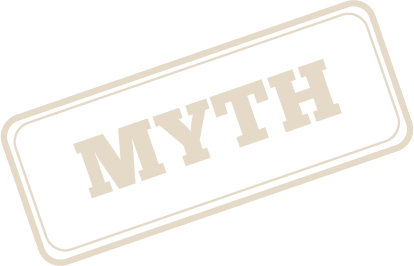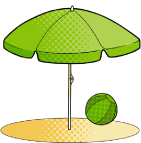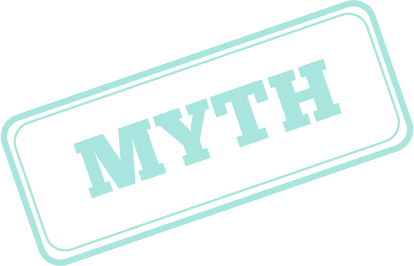
My skin can naturally protect me from the sun
Skin cancers are caused by damage from the sun’s ultraviolet (UV) rays. UV rays penetrate deep into the skin and damage cells. These cells are then at risk of becoming cancerous. You can’t feel UV damaging your skin and it happens even when the sun doesn’t feel hot.
When the UV index is three and above, it can be damaging to your skin. Wearing SPF 30+ or higher sunscreen is a good first step, but you need to do more to protect your skin, especially if you work or play sports outdoors.
Tips
- Wear sun protective clothing – sleeves are cool.
- Apply SPF 30+ or higher sunscreen, preferably water resistant – in this instance the numbers 30 and above are appealing! There are plenty of different options that are affordable and easy to apply, such as sprays.
- Put on a broad brimmed hat – they’re all the fashion right now.
- Seek shade – avoid the shiny face and armpit rings look.
- Wear wraparound sunglasses that meet Australian standards – think Cyclops-chic.
- If you notice any skin changes, although it does not necessarily mean you have skin cancer, it is important to see your doctor to check.
Top tip
Sunscreen takes 20 minutes to absorb, so apply before you head outside and remember to reapply as recommended



